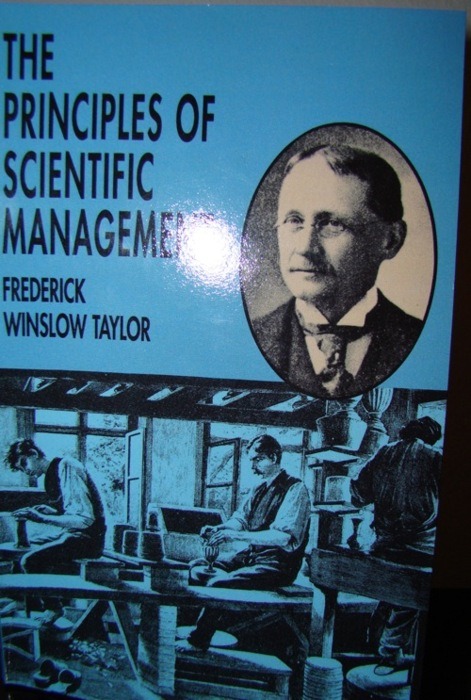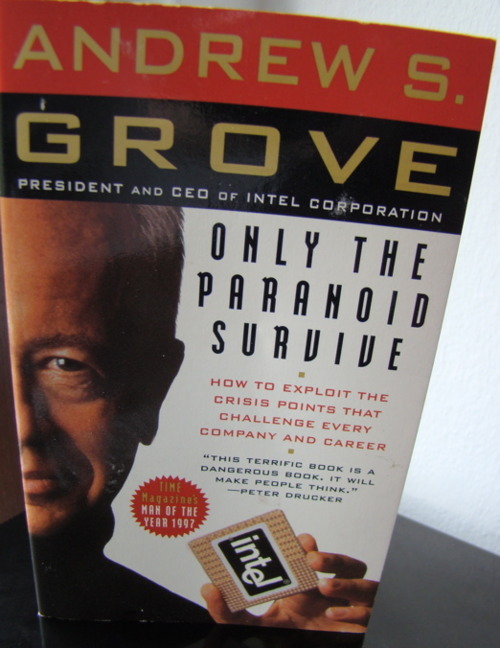
One would expect that this classic from 1911 is a clear contrast to the last book but actually it isn’t so much different. I love reading classics especially in business classics because they most often contain better information that most of new business books. Frederick Taylor was probably the first one who observed production steps and optimized them. One of the most famous of his actions is the optimization of carrying pig-iron and putting it on a car. He improved the productivity enormously by using his methods – the problem is that most people forgot how he did it and where he applied his methods.
How he measured these production steps is quite interesting but I will leave it to you to read it in the book. I want to highlight things that we rediscovered in the last 30 years of so and that Taylor already promoted in this book.
His initial motivation is that he wanted to help the employees and the employer, i.e. there has to be a cooperation between the management and the workers. Both parties will profit by working together. I will take an example where he helped optimizing the inspection of bicycle balls. In this case the employees had to work only 8.5 hours at the end instead of 10.5 hours at the beginning – for the same pay – and the quality of inspection went drastically up. He recognized that the inspectors need breaks and don’t have to work for so long. He even said that probably they could work even less and still increase the quality and quantity of the output.
How did he achieve this? Besides of analyzing every step of inspecting these balls, he always began with one worker. This and all the following workers will be taught individually and thoroughly. He says that change takes time. In this case it took him 8 years for 120 people to introduce his new methods. This is remarkable if you think about companies today with thousands who try to change their culture and business model and what not in one to two years.
Sure, there is legitimate critique of his ideas which he addressed by himself. One is that each movement is optimized which isn’t psychologically ideal. However, he said that this works best with men like oxen and not for more intellectual jobs. Secondly, he says that his method only works for really easy jobs like carrying pig-iron or inspecting bicycle balls. Furthermore, he said that each worker can suggestions for improvements of the production steps and each suggestion should be tested and if it improves the process the individual should be highly rewarded.
Why did I find this so interesting? Firstly, he clearly says and already complains about people who don’t understand the basics of Scientific Management, that is benefits for both parties. In contrast to managers who increase working hours and cut pay.
Secondly, he never said that this could be used for more intellectual stimulating tasks. Some thing which carried into todays management – especially managers who want to micromanagement everything.
Thirdly, the taking of suggestions of actual workers which made Toyota about 50-60 years so famous was by then an old concept which was somehow forgotten.
Enormously interesting piece of management history. It is clearly written, Taylor explains his concepts clearly and demonstrates other people using it. I loved it.

